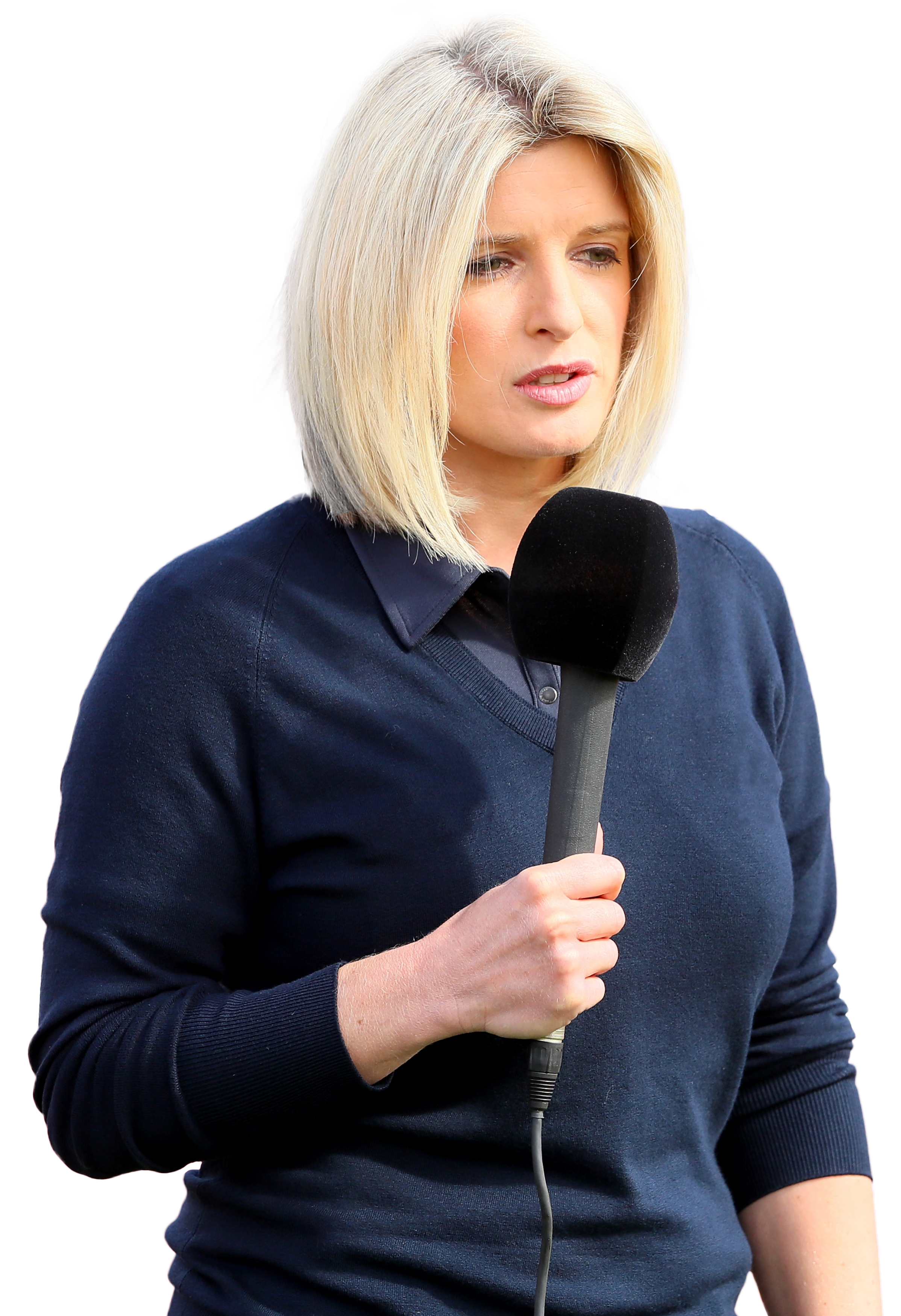THE GBQ PODCAST
Could hitting shots in a dome be the future of golf course practice?
On The GBQ Podcast, Martin Ebert looked at a couple of the big trends in golf course architecture over the coming decade

LISTEN TO EPISODE 5 NOW
ALSO AVAILABLE ON:
Spotify: Listen Now
Amazon Music: Listen Now
Acast: Listen now
What is the future of practice? Could golfers find themselves striking it more in simulators than on grass as clubs consider how they use their land?
Speaking to Sarah Stirk on The GBQ Podcast, renowned golf course architect Martin Ebert wondered whether players could warm up, or hone their skills, in 100-metre domes in the future.
Asked about the emerging trends in golf course architecture over the next five to 10 years, Ebert, the mastermind behind renovations of Turnberry and Royal Portrush, pointed towards bunkers and shorter courses.
“When we go to clubs, quite often bunkers are a major topic of discussion,” he said. “Obviously, members don’t like being in them. They always get a bad press from the membership.
“They take a lot of maintenance, so one of things we generally do – not for every project but on the whole – is try to get the maximum value, both from a playing point of view and a visual point of view, from the minimum number of bunkers and the smallest area of sand overall.
“It is a shame when bunkers don’t have that visual appeal. The example I give is Gog Magog and we’re probably ending up with bigger bunkers. It really does make a difference visually.
“In general, if we can reduce the maintenance demands on the course while still producing something which people really love to play then that can only be a good thing.”
“Will practice go to simulators or, potentially, a dome where you can hit 100 metre shots into a net? It’s the way the trend might go.”
Ebert’s firm in partnership with Tom MacKenzie, Mackenzie & Ebert, are behind the redevelopment of Farrington Park, in Bristol, which will move to 12 holes in a bid to rejuvenate the venue and provide padel tennis, pickleball and a children’s play park along with an outdoor gym.
Ebert added: “Shorter courses and the shorter form of the game are good. A lot of the old courses didn’t have full practice grounds. We’re working at Victoria, out in Vancouver, which is the most beautiful coastal course.
“There are some incredible coastline holes there but they’re on a very tight acreage. They’ve got a tiny little practice ground.
“Will practice go to simulators or, potentially, a dome where you can hit 100 metre shots into a net? It’s the way the trend might go. There are a few areas where it’s interesting to see what clubs are considering for their future.”
Listen to this episode of The GBQ Podcast, with golf course architect Martin Ebert, by clicking here or any of the links on this page.

Get golf business insights straight to your inbox
Sign up for the first look at the latest news, features, exclusive interviews and podcast episodes with our monthly newsletter


